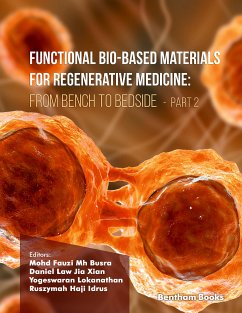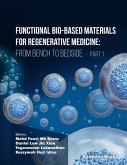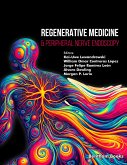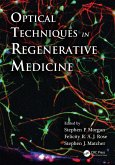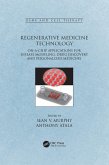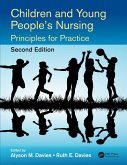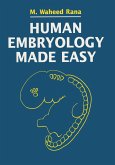Topics in the book include:
- the properties of bio-based materials, including biocompatibility, biodegradability, and the ability to mimic the native extracellular matrix.
- fabrication techniques and approaches for functional bio-based material design with desired characteristics like mechanical strength and porosity to promote cellular attachment, proliferation, and differentiation
- the incorporation of bioactive molecules, such as growth factors, into bio-based materials to enhance their regenerative potential.
- strategies for the controlled release of molecules to create a favorable microenvironment for tissue regeneration.
- the challenges and considerations involved in scaling up the production of bio-based materials, ensuring their safety and efficacy, and obtaining regulatory approval for clinical use
Part 2 covers advanced materials and techniques used in tissue engineering. Topics focus on advanced composite materials for 3D scaffolds and the repair of tissues in different organs such as the heart, cornea, bone and ligaments. Materials highlighted in this part include polyamide composites, electrospun nanofibers, and different bio-based hydrogels.
Functional Bio-based Materials for Regenerative Medicine: From Bench to Bedside is a valuable reference for researchers in biomedical engineering, cell biology, and regenerative medicine who want to update their knowledge on current developments in the synthesis and application of functional biomaterials.
Dieser Download kann aus rechtlichen Gründen nur mit Rechnungsadresse in A, B, BG, CY, CZ, D, DK, EW, E, FIN, F, GR, H, IRL, I, LT, L, LR, M, NL, PL, P, R, S, SLO, SK ausgeliefert werden.

